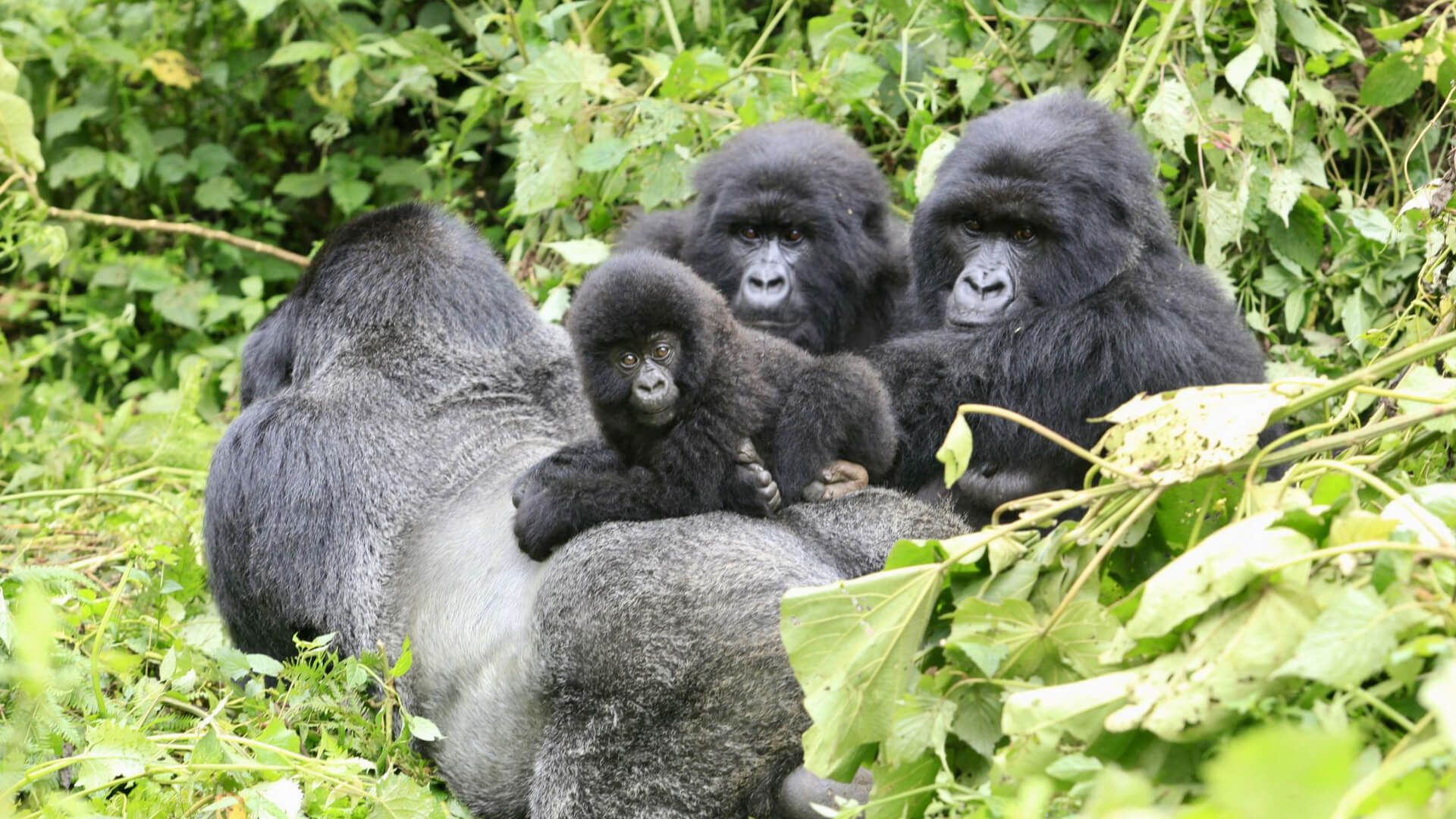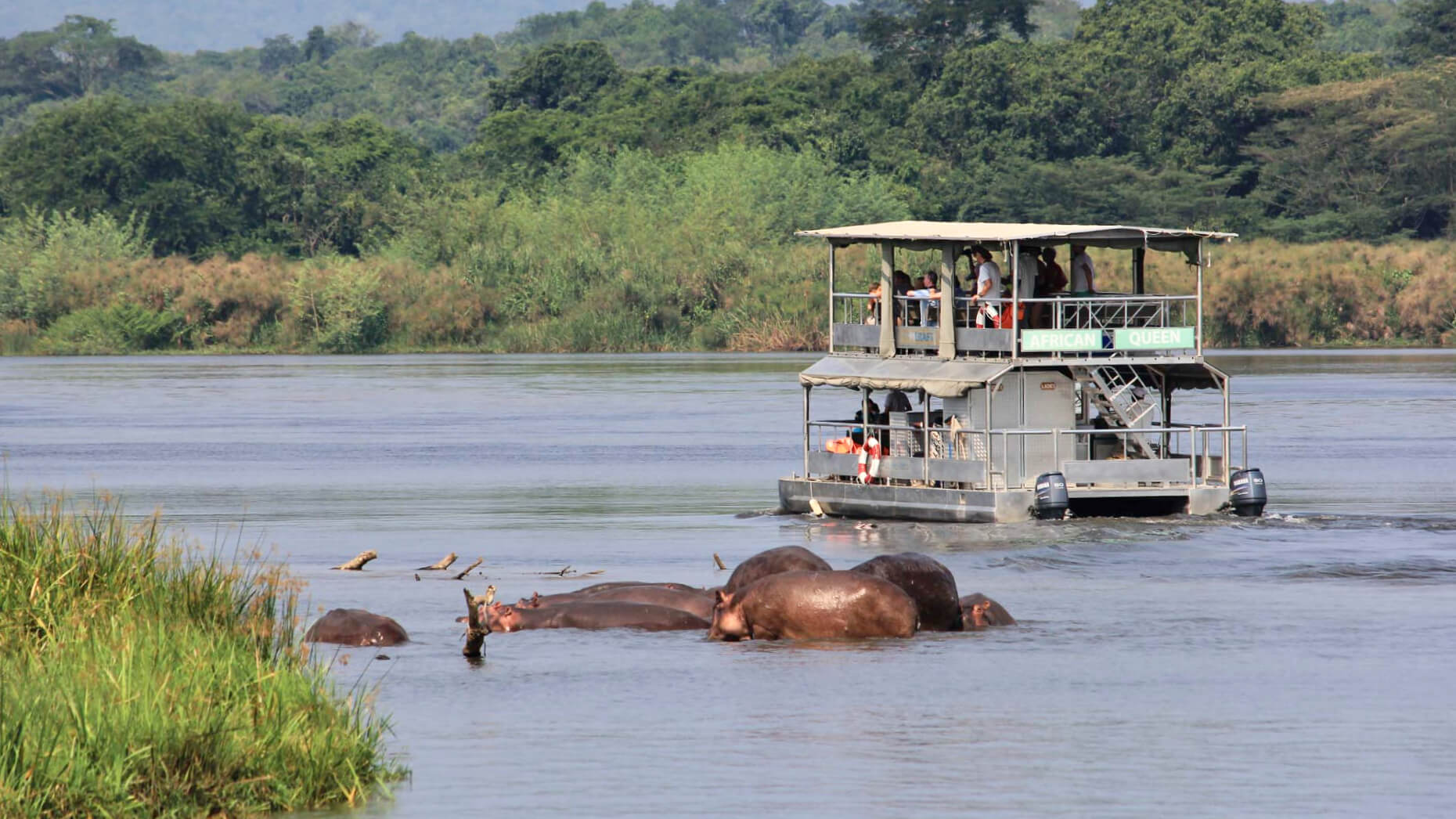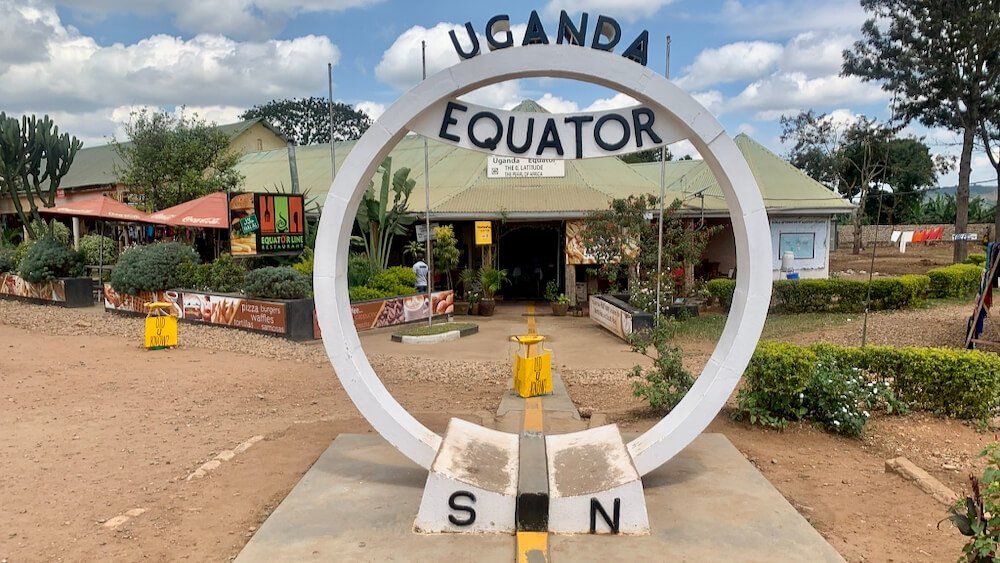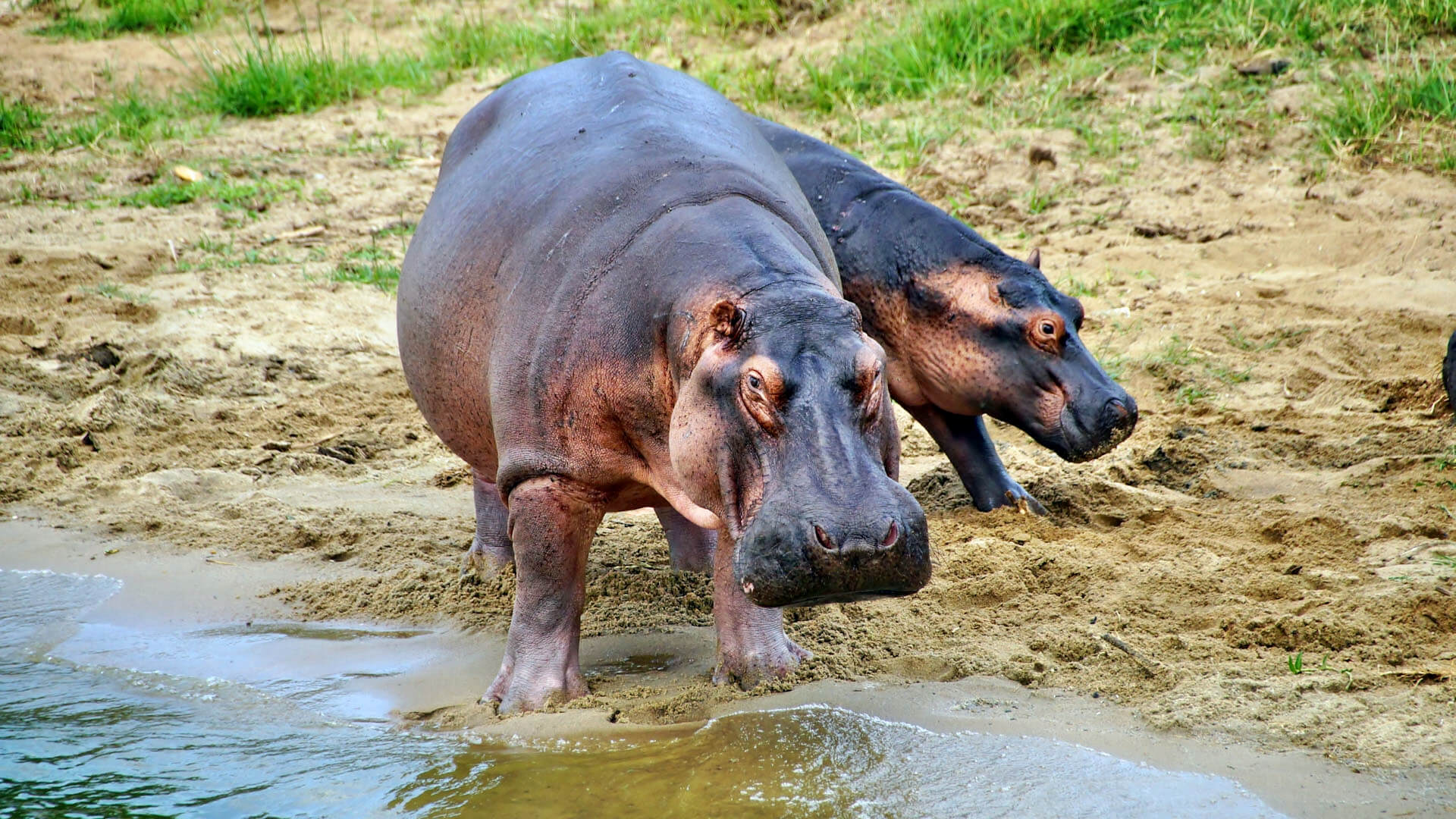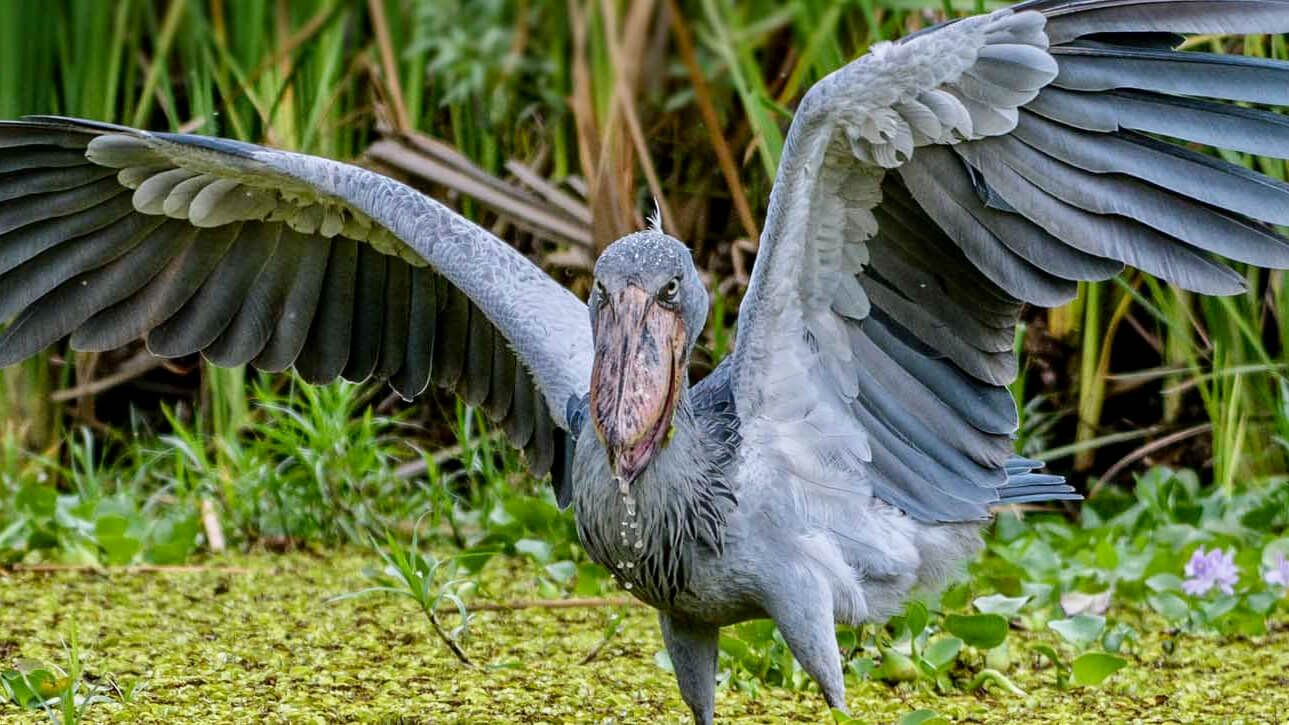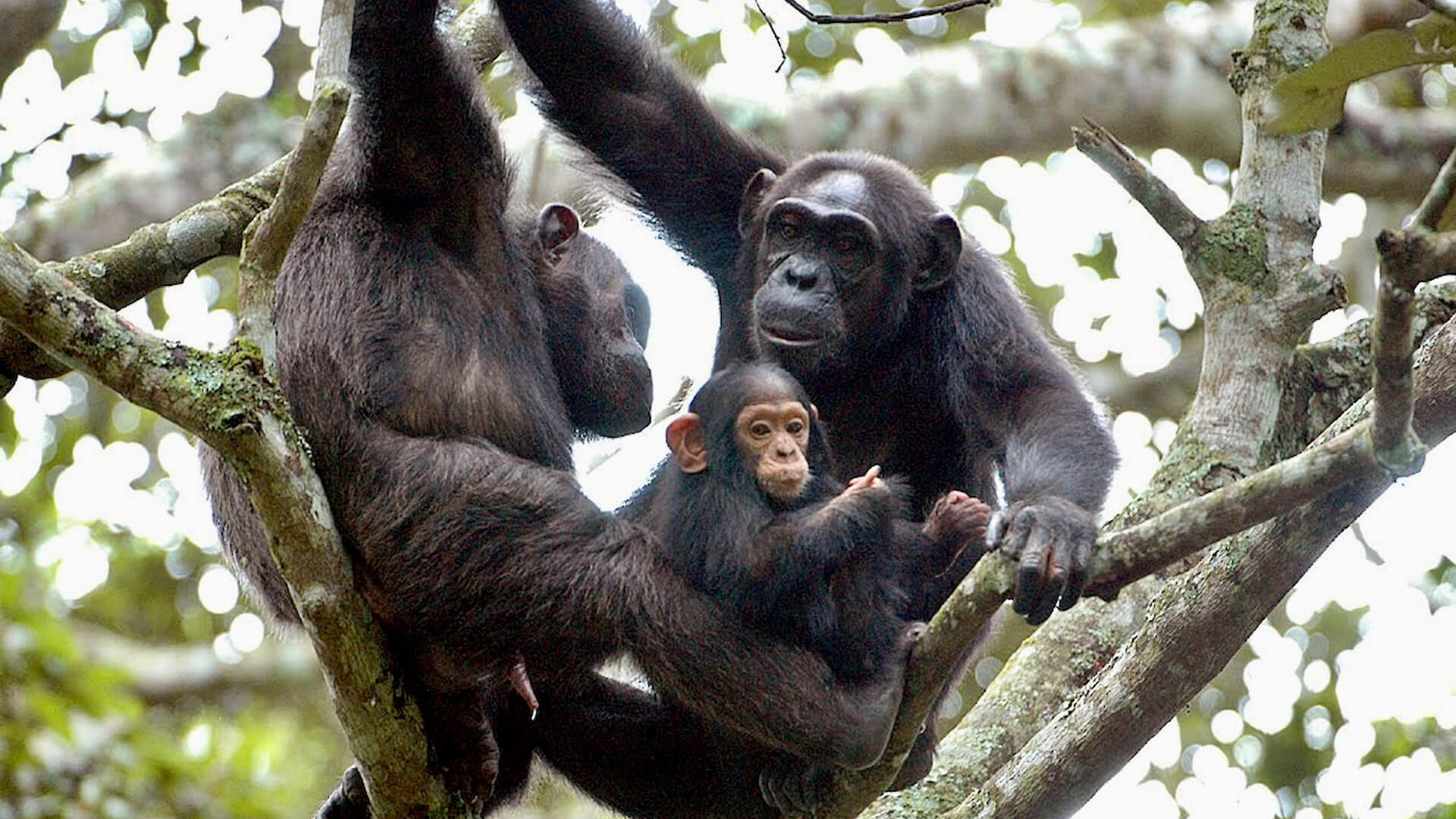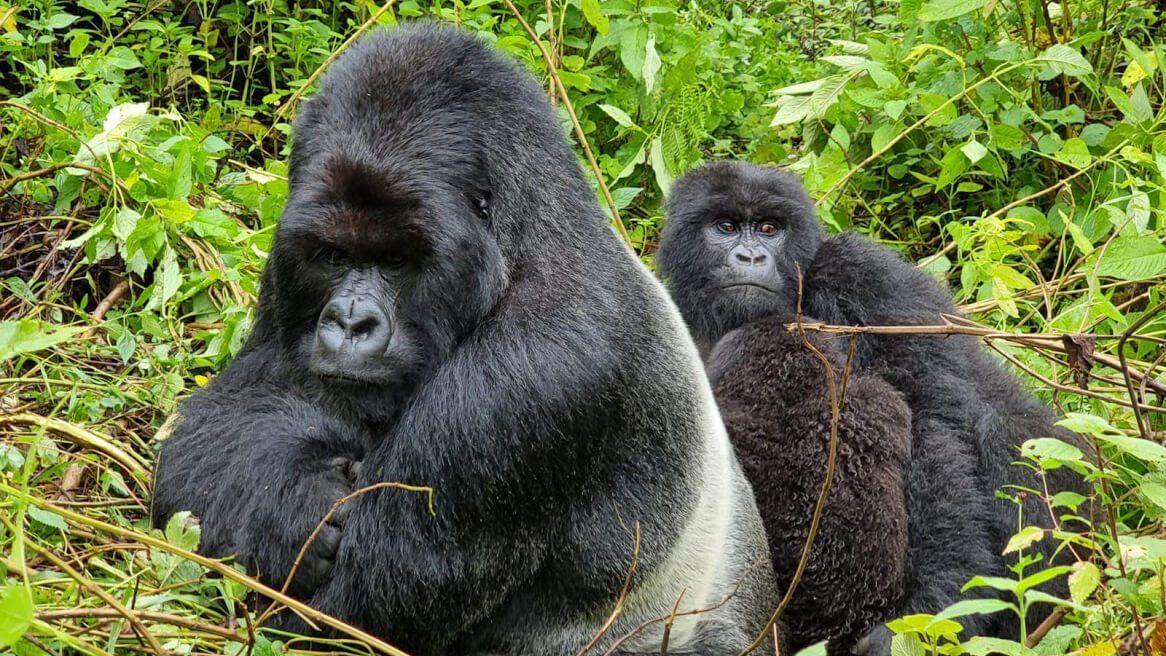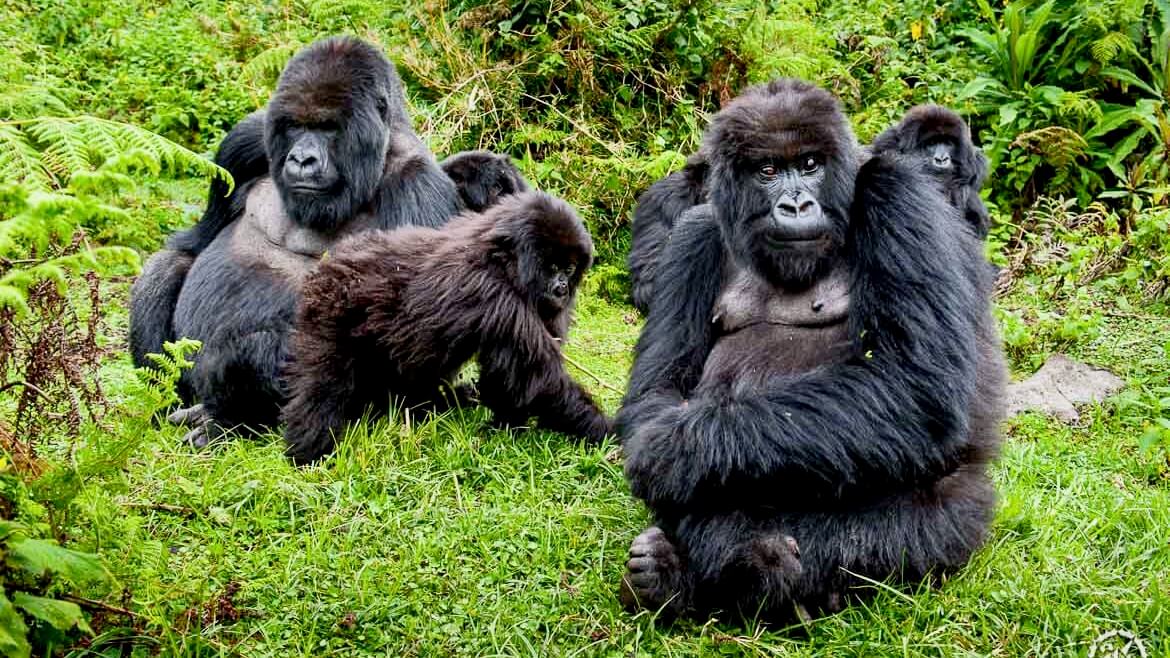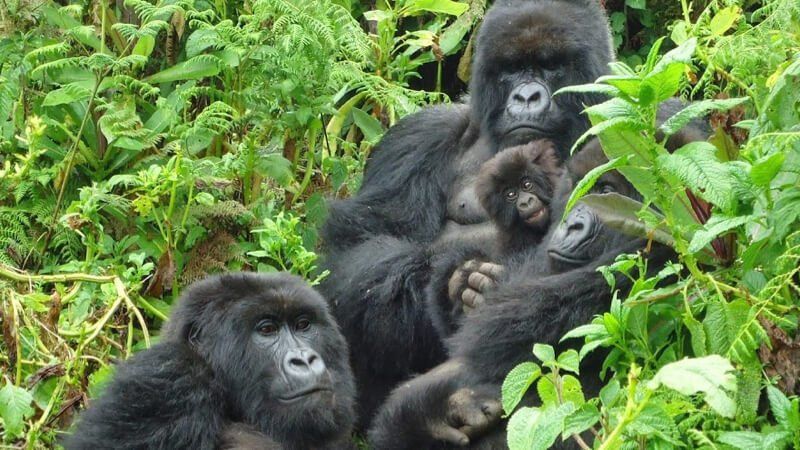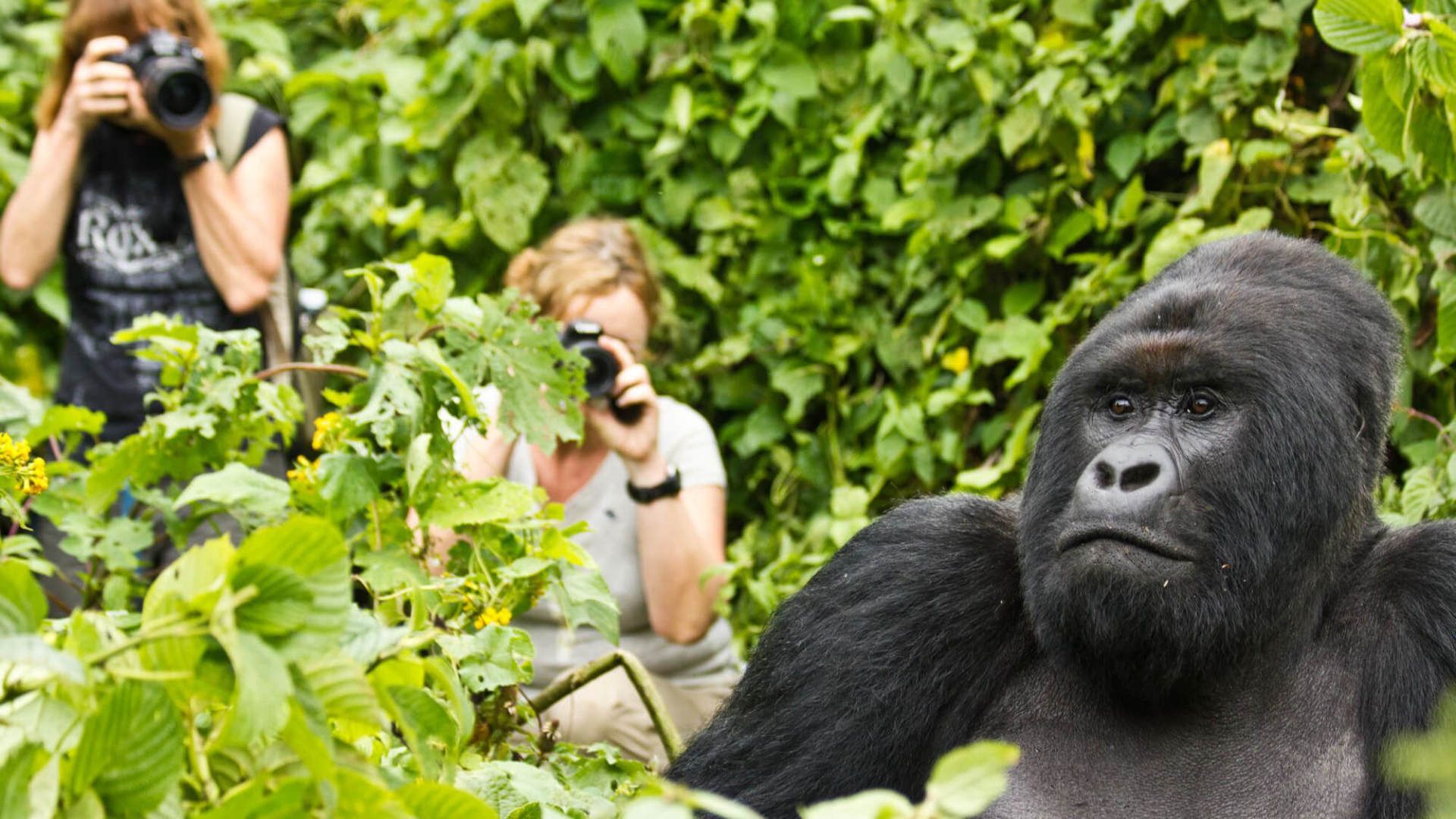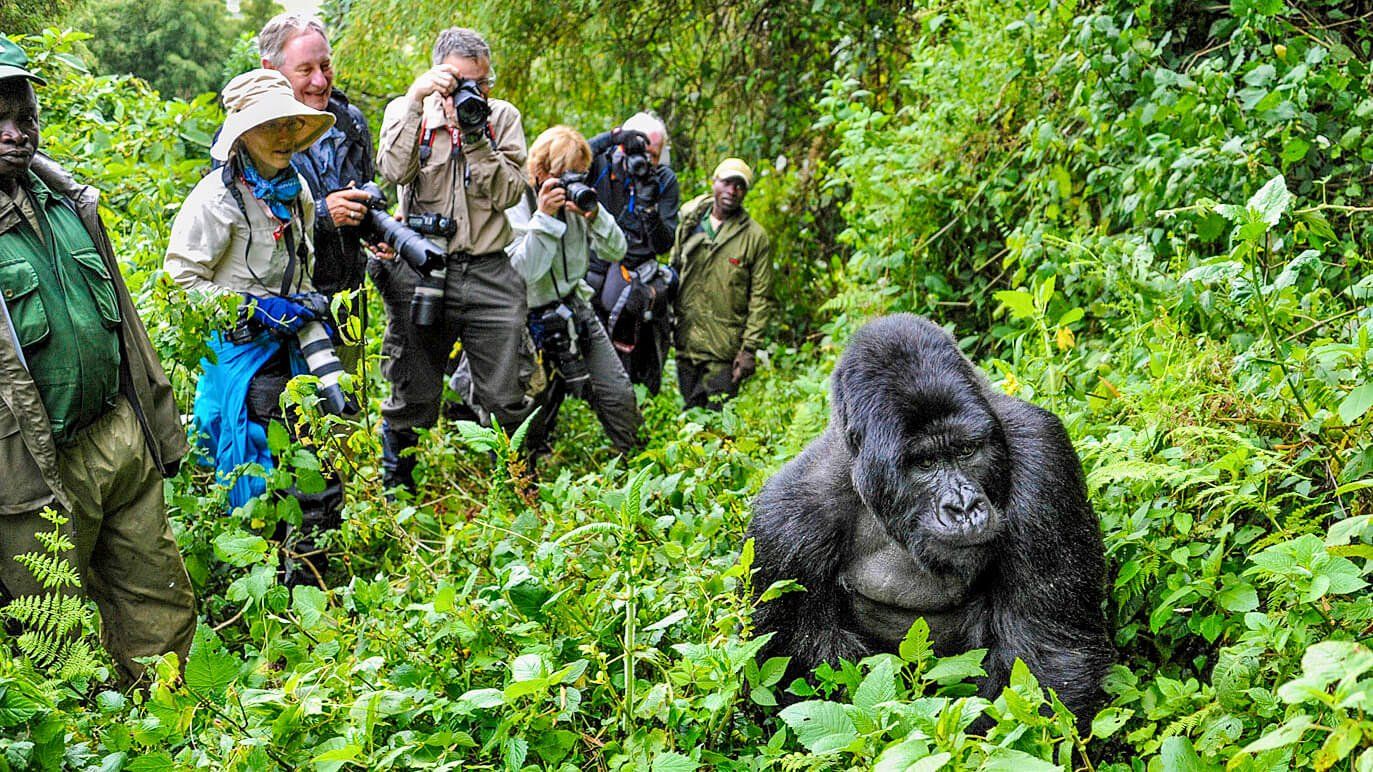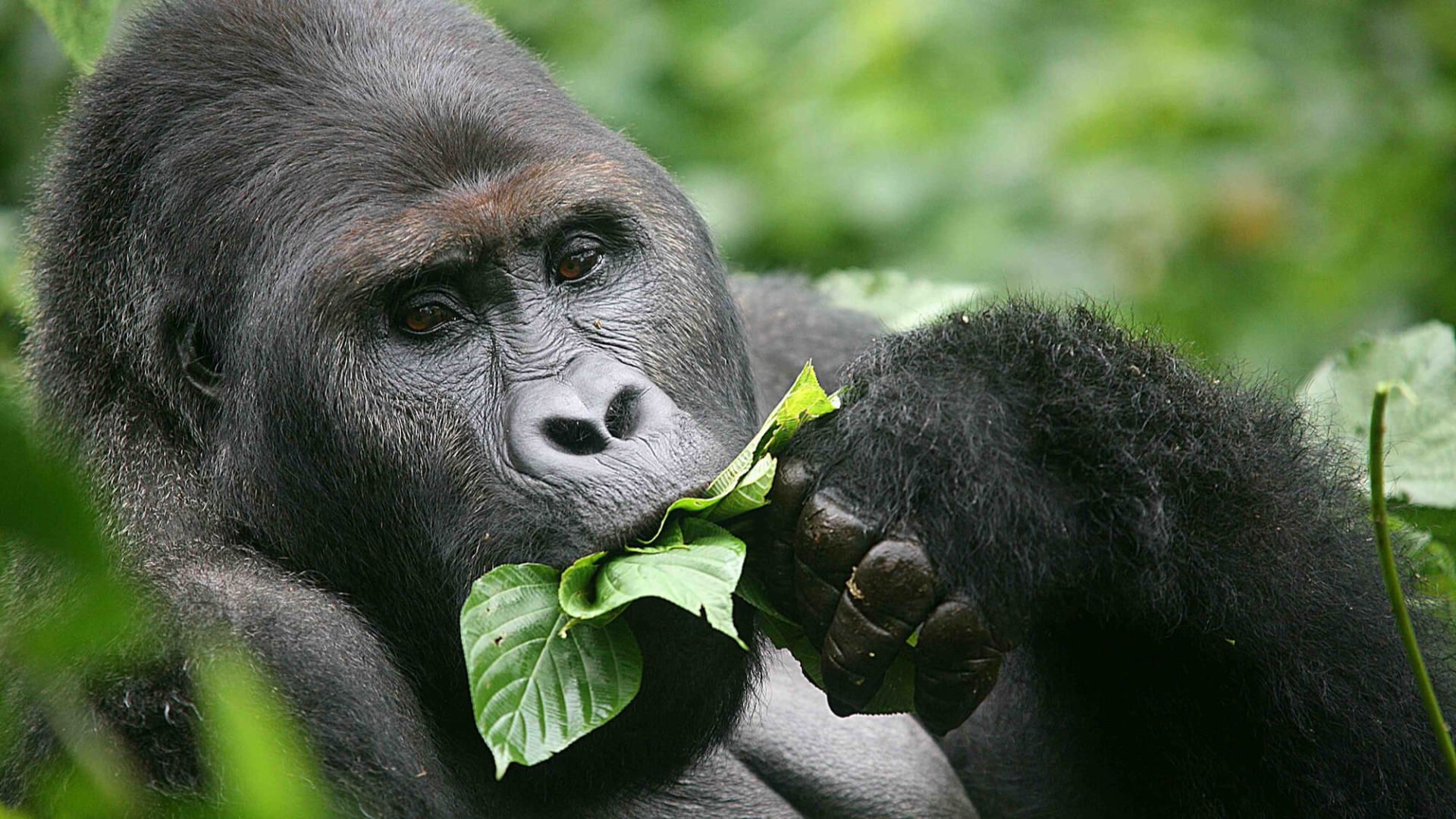Questions & Answers about Uganda, Rwanda & DRC
- What Is The Best Time To Do Gorilla Trekking?
Gorilla trekking tours are conducted throughout the year. Since mountain gorillas live within the tropical rain forests, it can be slippery and muddy. We recommend the dry season that stretches from June to September and December to March. During this time, the gorillas move further afield in search of food so treks during the dry season can last longer.
- How Much Does A Gorilla Permit Cost?
Rwanda
Gorilla trekking permits are very expensive - US$ 1500 per permit.
Rwanda offers a 30% discount on gorilla permits if your visit includes a minimum visit of three days to the other Rwanda parks, Akagera or Nyungwe. They also offer discounted rates during the low season of November to May.
Conference guests who stay pre and post MICE events qualify for a 15% discount.
Uganda
Gorilla trekking permits - US$ 700 per permit (as from 1 July 2020).
Gorilla habituation experience - US$ 1500 per permit (spend 4 hours with a gorilla family).
DRC
Mountain and Lowland gorilla permits - US$ $400 each.
Lowland gorilla habituation experience - US$ 600 per permit (spend 4 hours with a gorilla family)
A permit is valid for one day and allows one hour with the gorillas.
- In What Areas Can Gorillas Be Tracked?
The best places in the world to see Mountain Gorillas are the Volcanoes National Park in Rwanda, Bwindi Impenetrable Forest, the Mgahinga Gorilla National Park in Uganda and Virunga National Park in the DRC.
Eastern Lowland Gorillas can be tracked in the Kahuzi-Biega National Park in DR Congo and Western Lowland Gorillas in Odzala-Kokoua National Park in the Republic of Congo.
- What Is The Minimum Age To Go Gorilla And Chimpanzee Trekking?
You must be 15 years or older to partake in gorilla trekking and 12 years and older to do chimpanzee trekking.
- What Is The Difference Between Trekking Gorillas In Rwanda Versus Doing It In Uganda?
The experience of trekking mountain gorillas in Uganda and Rwanda is not so different. The biggest factor is price with a gorilla permit in Rwanda costing $1500 compared to Uganda’s $700. Both countries have the same rules with a maximum of eight persons to trek a single gorilla family and spending one hour with the gorillas. The terrain in Bwindi Uganda and Volcanoes in Rwanda is quite different. Bwindi has thick vegetation with no clear trails while Volcanoes National Park is less dense and has clearly marked tracking trails.
- How Fit Do You Need To Be?
Due to the thick vegetation in Bwindi you need to be fairly fit to enjoy the trekking. Rwanda offers easier trekking, but do not underestimate it as you hike in higher altitude and will need to be reasonably fit.
- What Are The Chances Of Seeing Mountain Gorillas?
The chances of seeing gorillas in the either in Bwindi or Volcanoes are very high. Gorilla trekking teams in Bwindi impenetrable forest, Mgahinga Gorilla National Park in Uganda and Volcanoes National Park in Rwanda all try to optimise your chance to see the gorillas by using trackers and park rangers to trek them as early as possible. Once they find them, they will communicate the location with the park headquarters and your gorillas guide. The team will keep in touch with your guide to make sure he knows where the gorillas are, enabling you to reach them via the most direct route.
- Is Rwanda Safe?
Rwanda is considered to be one of the safest destinations in Africa. It is also one of the least corrupt countries in the world. While the genocide rocked the world in 1994, the country has been able to move past prejudice and collapse and has a very promising economic, political and social climate.
- Is Rwanda/Uganda And The DRC Malaria Areas?
Yes, you need to take malaria preventive medication before and during your trip to Rwanda/Uganda and the DRC. The rainy season (between October and November) is a higher risk period.
- Is Uganda Safe And Politically Stable?
Despite common misconceptions, Uganda has had a stable, progressive and democratic government for over ten years.
- What Wildlife Can I See In Uganda?
Uganda is known for its gorillas and chimpanzees but also has a rich variety of other primates, reptiles, birds, plants and other wildlife.
Apart from being one of the best locations to spot the shoebill stork, Uganda boast more than 1050 recorded bird species.
Uganda has 12 resident species of primates and the biggest diversity of primates in all of the East African reserves.
Although it is a Big Five destination, you can currently only see rhino’s at Ziwa Rhino Sanctuary near Murchison Falls National Park.
Anything else that I should know?
SPECIAL - RWANDA GORILLA TREKKING
GROUP SAFARI
DISCOUNTED GORILLA
PERMIT RATE!
4 days / 3 nights
Highlights: Gorilla Trekking in Volcanoes National Park
Departure dates: 26 Nov & 10 Dec '25
UGANDA GORILLA TREKKING
GROUP SAFARI
4 days / 3 nights
Highlights: Gorilla Trekking in Bwindi NP
Date: 20 - 23 Jul / 06 - 09 Sep '25
RWANDA & UGANDA GORILLA TREKKING
GROUP SAFARI
4 days / 3 nights
Hightlighs: Kigali & Gorilla Trekking in Bwindi NP
Date: Jun, Jul & Sept '26
RWANDA GORILLA & CHIMPANZEE SAFARI
7 days / 6 nights
Highlights: Gorilla & Chimpanzee Trekking
Date: Private Safari
UGANDA GORILLA & CHIMPANZEE TREKKING
GROUP SAFARI
9 Days / 8 Nights
Highlights: Gorilla & Chimpanzee Trekking
Date: 20 - 29 Sep 2025
BEST OF UGANDA
10 Days / 9 Nights
Highlights: Murchison Falls / Chimp and Gorilla Trekking
Date: Private Safari
BIRDING, CHIMPANZEE & GORILLA SAFARI
10 Days / 9 Night
Highlights: Mabamba Swamp / Semliki / Kibale NP / Bwindi NP
Date: Private Safari
MOUNTAIN & LOWLAND GORILLA SAFARI
8 Days / 7 Nights
Highlights: Mountain Gorilla, Chimpanzee & Eastern Lowland Gorilla Trekking
Date: Private Safari


